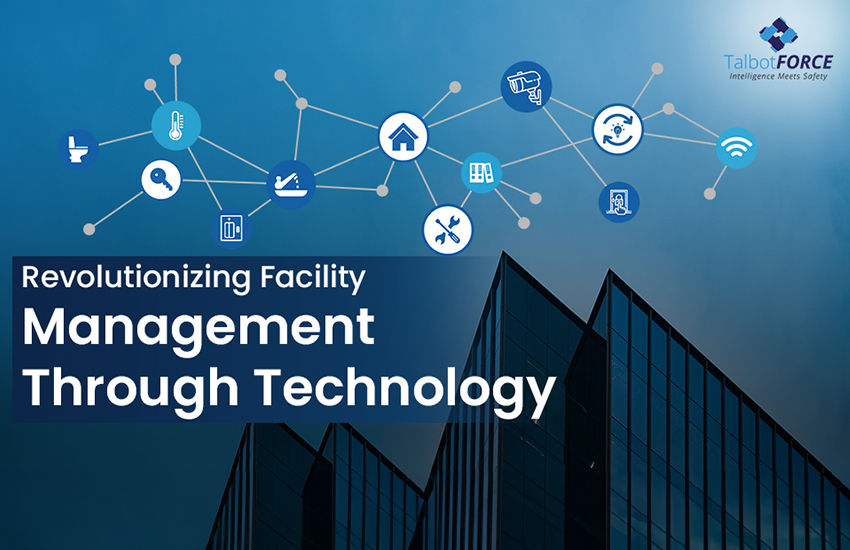In the ever-evolving landscape of facility management, where efficiency and innovation are paramount, TalbotFORCE emerges as a game-changer, seamlessly blending technology with the art of facility management.
Let’s Delve Into How This Forward-thinking Company is Reshaping the Industry
1. The Tech-Infused Approach
TalbotFORCE doesn’t just manage facilities; it orchestrates them. Leveraging cutting-edge technology, the company introduces a paradigm shift in how facilities are handled. From predictive maintenance to real-time monitoring, every aspect is streamlined for optimal performance.
2. Predictive Maintenance for Proactive Solutions
Traditional facility management often involves reacting to issues as they arise. TalbotFORCE, on the other hand, employs predictive maintenance powered by advanced algorithms. This not only minimizes downtime but also prevents potential problems before they occur, ensuring uninterrupted operations.
3. IoT Integration and Real-Time Monitoring
The Internet of Things (IoT) is at the heart of TalbotFORCE’s approach. Smart sensors and devices are strategically deployed to monitor and analyze various parameters in real time. This not only enhances security and safety but also provides valuable insights for informed decision-making.
4. Customized Solutions for Every Client
Understanding that each facility is unique, TalbotFORCE tailors its solutions to meet specific client needs. Whether it’s a corporate office, a healthcare facility, or an industrial complex in Chennai, the company’s technology-driven approach ensures a bespoke and efficient management plan.
5. Enhanced Sustainability Practices
In line with the global focus on sustainability, TalbotFORCE integrates eco-friendly practices into its operations. Smart energy management, waste reduction strategies, and green building initiatives contribute to both environmental conservation and cost savings.
6. Seamless Communication and Transparency
Transparent communication is key to successful facility management. TalbotFORCE employs communication tools and platforms that keep clients informed about every aspect of their facility’s performance. This commitment to transparency fosters trust and collaboration.
7. Future-Ready Solutions
In an era where adaptability is synonymous with success, TalbotFORCE’s tech-driven solutions are future-ready. As technology evolves, so does the company, ensuring that its clients stay ahead of the curve in the dynamic landscape of facility management.
Conclusion
TalbotFORCE stands as a beacon of innovation in the realm of facility management, proving that technology isn’t just a tool but a catalyst for transformation. By seamlessly blending efficiency, sustainability, and personalized service, the company is rewriting the narrative of what it means to manage facilities in the digital age. As we move forward, TalbotFORCE continues to lead the way, revolutionizing the industry one facility at a time.
